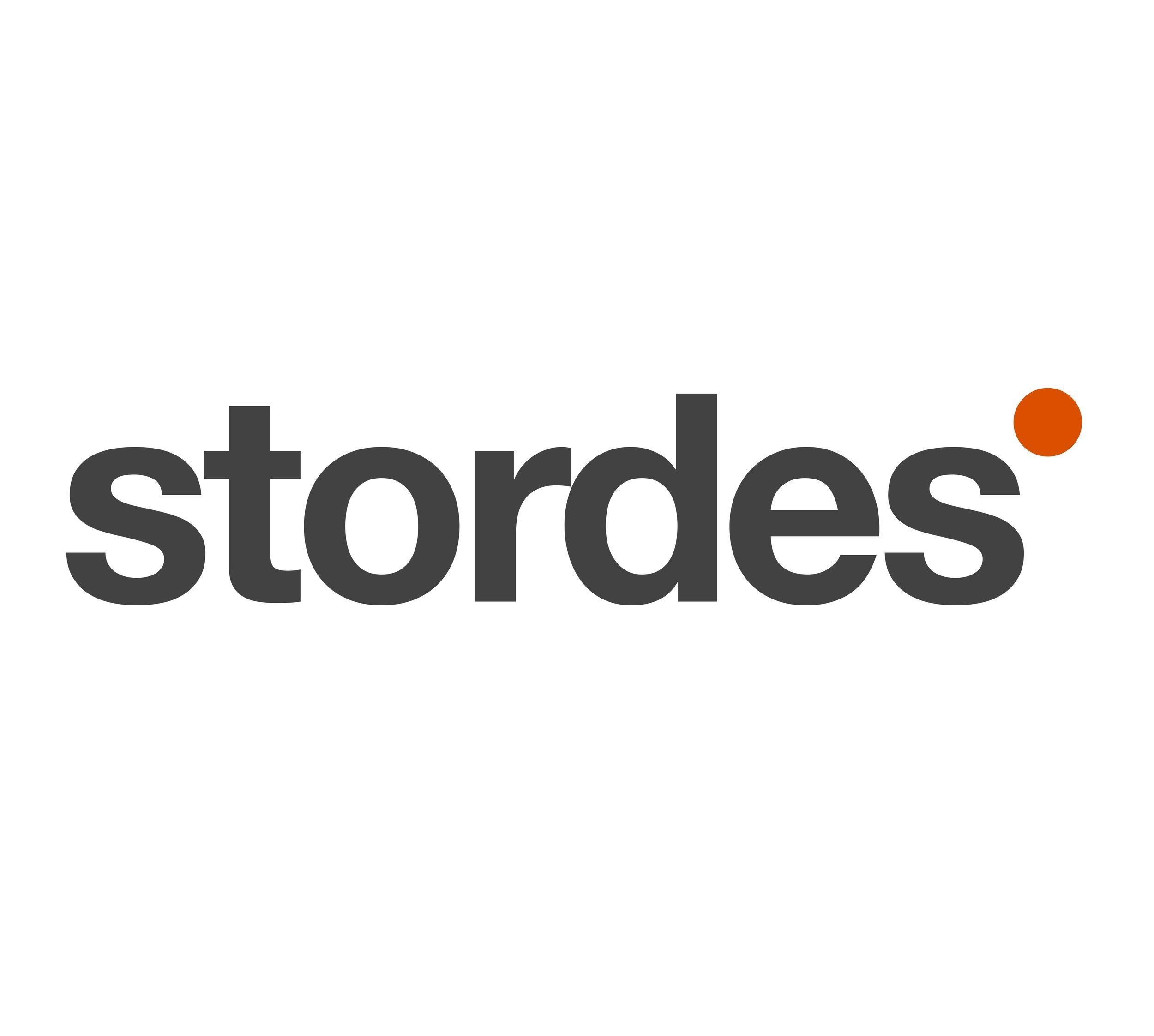art as power update #18
how to create
an intriguing workplace
what would happen if you put the artwork shown above and below in a central space in your office building?
this work, shown in museum voorlinde in wassenaar, the netherlands, consists of kilometers of black painted aluminium thread filling a room. the artist antony gormley forces you to climb and bend in order to move in the space.
the question is an illustration of the relevance of art as power. in this update we focus on the case of organisations rethinking their post-covid workplace and work practices. as an example.
this work (clearing viii, 2020) of gormley is relevant because it challenge help an organisation to fundamentally rethink what space and offices mean and create interesting interventions and unusual encounters in the organisation and for the people working and interacting there, to strengthen its output and meaning.
the relevance of art as power is always connected to the context of a specific organisation, its meaning, its people, its legacy, its products and services, its environment, its leadership. the relevance is always situational.
having said this we can now in a more general manner elaborate on the significance of the notion of art as power in defining and building interesting and distinctive working environments.
gormley’s work with its random barriers illustrates the idea tag moving through the organisational space can become more interesting and provoking more interesting encounters. the organisational space is to be navigated by uncommon movements.
literally and figuratively.
we might forego the easy ways and deliberately leave playful obstacles. we do not have to program everything in advance, people and organisations can deal with uncommon situations. we might build practices of leadership and work to embody the experiences like those of moving through gormley’s installation.
the work ‘graft’ (2021) by allora & calzadilla is as intriguing as it is beautiful. at the same it has an ominous atmosphere. the flowers, which are made of painted plastic, are thrown over the floor and form a pattern of pathways.
could the work question the traces we leave in our environment? and for that matter the organisation we work for. do we have to tread carefully when moving in our organisational space?
again literally and figuratively.
the relevance for me of this work in terms of rethinking our working environment is not so much in what the new environment will look like, but much more in how and with what intention we move forward developing it.
it is about the position you take. do you value and respect the flowers and the patterns? or do you sweep the flowers aside which will decompose anyway (you may be fooled by the material of the flowers) and have a clean sheet to work from?
the dilemma’s of change and the effects of our behaviour are palpable in this work.
in 1992 the german artist anselm kiefer moved his atelier from germany to barjac in in the south of france, to an old industrial site and build towering structures, caves and tunnels and large covered spaces.
‘barjac is not only a site, an exhibition venue, a work space, a laboratory; its ground also has supplied a substantial proportion of the materials i have used in my work’ according to the artist (1). the place of work became the artwork itself and that is definitely the case now that you can visit the place.
thinking about what a post-covid workplace entails and might look like, the idea that the place where the work is executed becomes part of the result, the work itself, is intriguing. the boundaries between the place, the materials, the workers, the interaction, the services rendered start to blur and become one gesamtkunstwerk.
this may seem rather far fetched but if you take a closer look at the work that is actually done in this era of the experience economy, it might be quit close to reality.
this dissolving distinction between place and outcome is an interesting starting point for de development of working spaces and practices and the responsibility of the leader in an organisation.
(1) the quote comes from the barjac website
https://eschaton-foundation.com/barjac/





